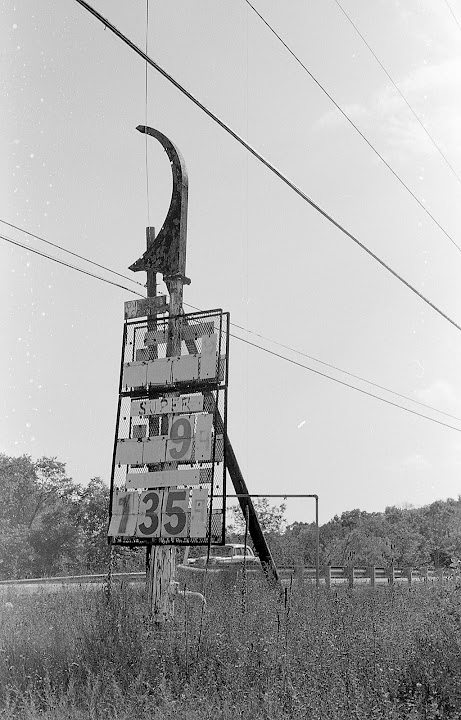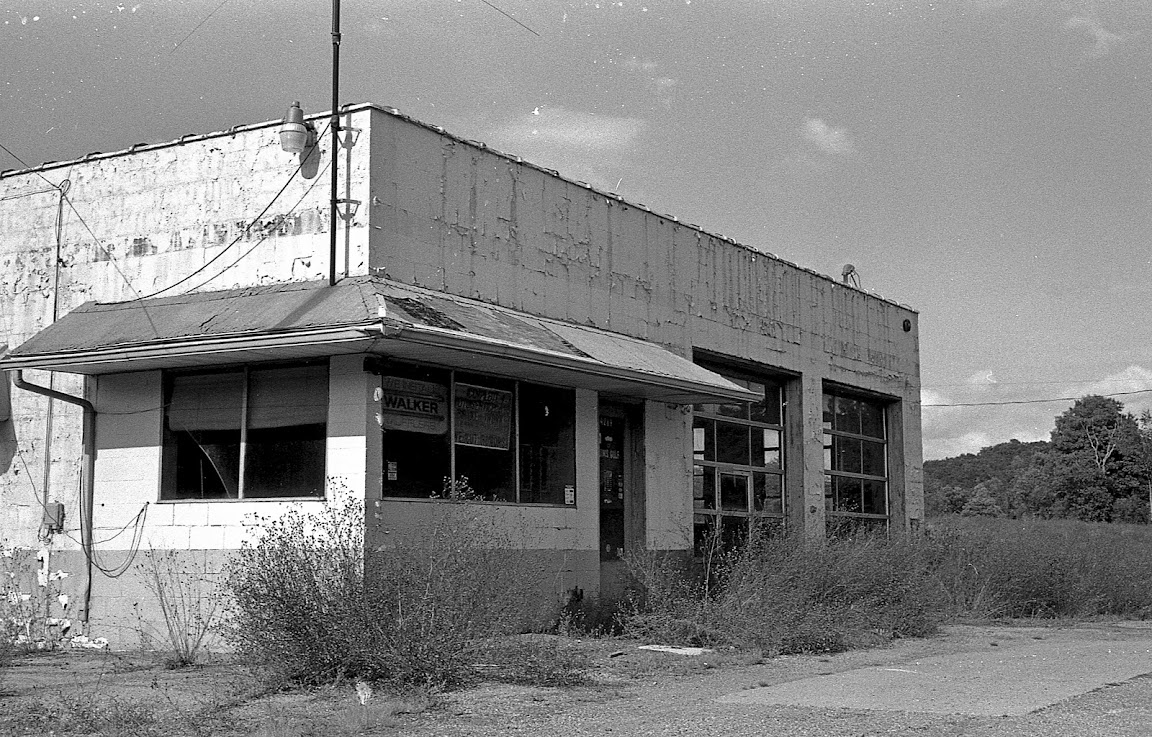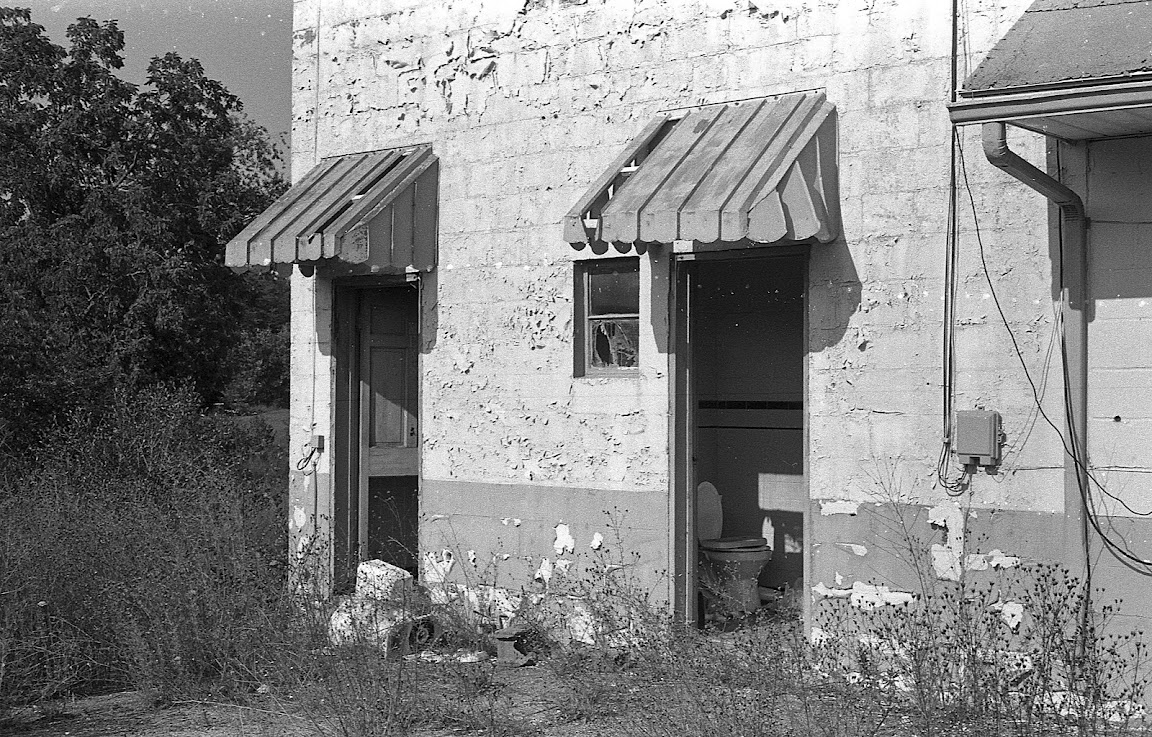Cold
Established
Hi all,
Over the past 6-12 months I've really started to expand my photography into the fulfilling, visceral world of film, specifically fixed lens rangefinders.
While I was content, at first, to shoot color film and get it developed at a lab, both knowing my own tendency to want to see a process through to completion on my own...as well as the closing of the best local shop a few months ago, I knew that self developing and scanning were in my future.
Just a few weeks ago, I did my first batch, and I'd like to share a few shots from that batch here, for technical critique (not so much what you think of the images, though if you feel the need to comment in that vein, so be it) but more in the line of suggestions for when I develop my next two rolls, and then go on to scan them. If you have something to offer in terms of the photography itself, that's fine too, but I'm really after the post-capture technique advice.
So without further ado, here's the goods.
Canon Canonet QL19 G-III
Tri-X 400
HC-110, Kodafix
Epson V600







Over the past 6-12 months I've really started to expand my photography into the fulfilling, visceral world of film, specifically fixed lens rangefinders.
While I was content, at first, to shoot color film and get it developed at a lab, both knowing my own tendency to want to see a process through to completion on my own...as well as the closing of the best local shop a few months ago, I knew that self developing and scanning were in my future.
Just a few weeks ago, I did my first batch, and I'd like to share a few shots from that batch here, for technical critique (not so much what you think of the images, though if you feel the need to comment in that vein, so be it) but more in the line of suggestions for when I develop my next two rolls, and then go on to scan them. If you have something to offer in terms of the photography itself, that's fine too, but I'm really after the post-capture technique advice.
So without further ado, here's the goods.
Canon Canonet QL19 G-III
Tri-X 400
HC-110, Kodafix
Epson V600








